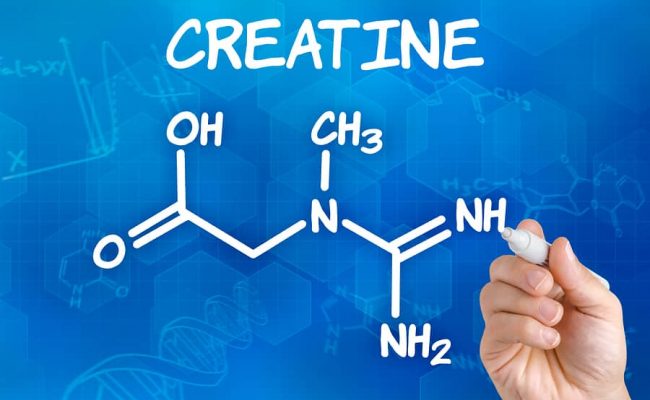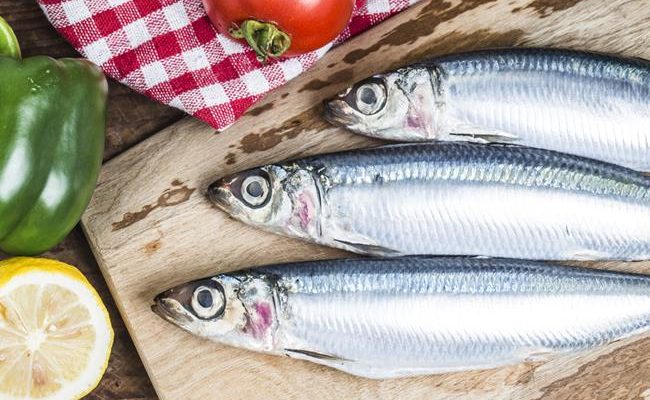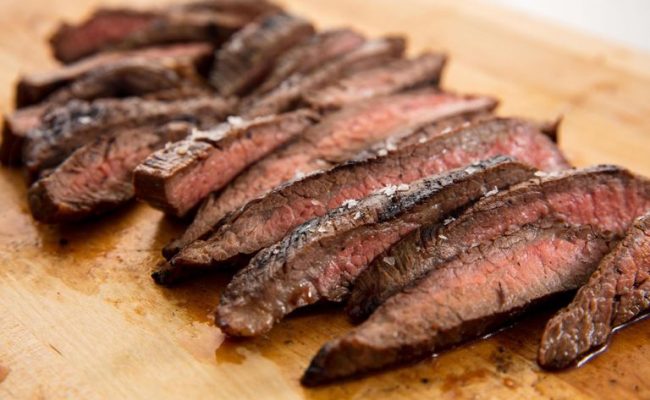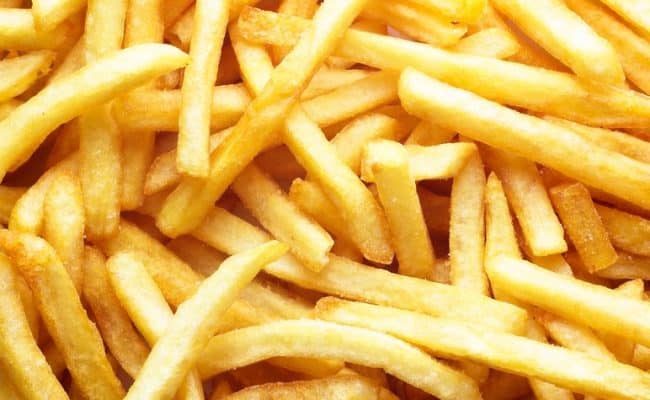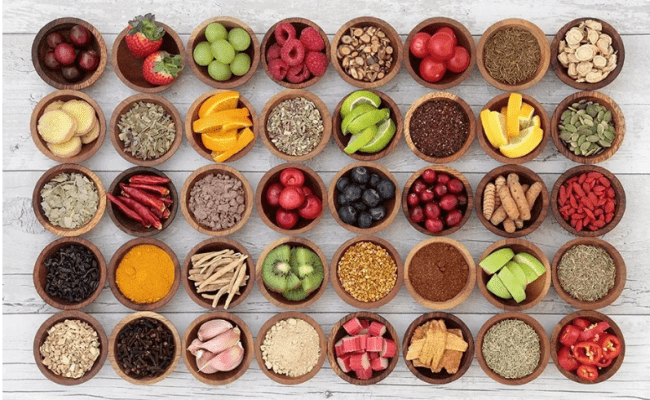
Meals should be a mix of macronutrients fat, protein and carbohydrates instead of only eating one macronutrient at a time. There are many benefits to eating mixed meals: better blood sugar regulation, increased satiety, better absorption of some nutrients and not to mention mixed meals are more satisfying.
Eating carbohydrates with fat is as easy as pairing nut butter with bread, pita with hummus or guacamole, vegetable stir fry with some cooking oil or a trail mix with nuts and fried fruit.
Here is a closer look at some of the reasons why you should mix carbohydrates and fat in the same meal.
Which carbohydrates and fats?
When you are planning meals, try to pair a fiber source with a healthy protein and fat. The fiber source will be a carbohydrate such as whole grains, fruit, vegetables or legumes. A healthy fat source could be avocado, nuts or cooking oils like olive oil, grapeseed oil, coconut oil or butter, fatty fish and seeds.
Unhealthier carbohydrate choices would be refined grains, packaged crackers, cookies or chips, fast food or sweets and should be limited. Unhealthier fats could include margarine, soy/vegetable or corn oil or hydrogenated oils. Ideally you should pair healthy carbohydrates and fats together for the greatest health benefit.
Blood sugar regulation
Eating protein and fat with carbohydrates can help regulate blood sugar after meals. If you eat a meal with only carbohydrates, blood sugar will spike soon after the meal. This will signal insulin to be released in the same amount which will bring the sugar in the blood into body’s cells for energy or fat storage.
Protein and fats slow the release of carbohydrates from the digestive system. Carbohydrates are relatively easy to break down, compared to protein and fat. The result of combining carbohydrates with protein and fat will be a more even release of glucose into the blood stream.
Avoiding blood sugar spikes may help reduce the risk for type 2 diabetes and weight gain. Breakfast can be a common meal where people may eat primarily carbohydrates- like a bagel, toast, pastry, fruit and/or juice.
Adding protein and fat can be as simple as cream cheese or nut butter on toast or bagel, fruit with yogurt or cottage cheese, and cutting the extra carbohydrates from the juice.
Satiety
By eating only carbohydrates in a meal, blood sugar levels will spike more as mentioned above. What will happen next is insulin is released to bring the glucose into cells. The higher the glucose in the blood, the more insulin will be released.
Blood sugar actually will fall again after insulin was released. This is a natural signal to the brain that it is time to eat again. This is why after eating a meal only with carbohydrates, like a plain bagel with juice, you will feel hungry again soon after.
Eating a bagel with peanut butter, for example, will help regulate blood sugar more and not cause as high an insulin spike. This will send a signal to your brain that you don’t need to eat again soon after.
Nutrient absorption
Some nutrients can’t be absorbed in water and are only fat soluble. Examples of fat soluble nutrients include vitamins A, D, E and K. In order to increase absorption of these nutrients, eat fat sources at meal times. For example, using an oil based dressing on a salad will increase vitamin A, E and K absorption from the vegetables on the salad.
Fat and carbohydrate recommendations
According to the Institute of Medicine, daily calories should be split up into 45-65% carbohydrate, 20-35% fat and 10-35% protein. The USDA My Plate also suggests at meal times plates should be half fruits and vegetables, about ¼ protein, ¼ grains and a cup of dairy.
Most Americans get fat from foods like oils, salad dressings, seafood or other meats, nuts and avocados. Eating mixed meals of carbohydrates, protein and fat can help you meet the recommendations for the macronutrients.
The USDA estimates that women aged 31-50 years old should consume about 5 teaspoons of oil a day and men 31-50 years old should consume about 6 teaspoons of oil a day.
Conclusion
Eating meals that have all macronutrients, carbohydrates, fats and proteins, are beneficial for many reasons. First, eating mixed meals can help regulate blood sugar levels. This regulated blood sugar level can increase satiety in the following hours after eating a meal signaling to the brain you don’t need to eat soon.
Eating fats with carbohydrates can increase absorption of fat soluble nutrients like vitamins A,D,E and K.
Lastly, eating fats with carbohydrates can help you meet the recommended guidelines for carbohydrates, fats and protein from the Institute of Medicine and USDA.
Choose healthier fats and carbohydrates for optimal benefit such as fruits, vegetables, whole grains, legumes, nuts, seeds, heart healthy oils, avocados and seafood.
References used in this article
